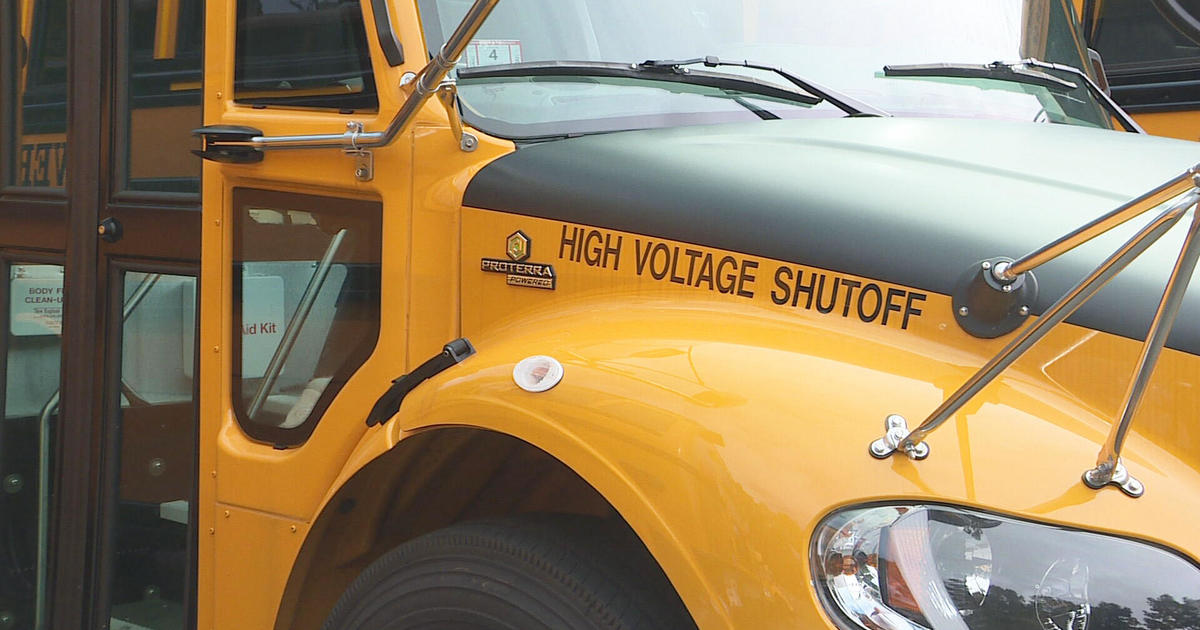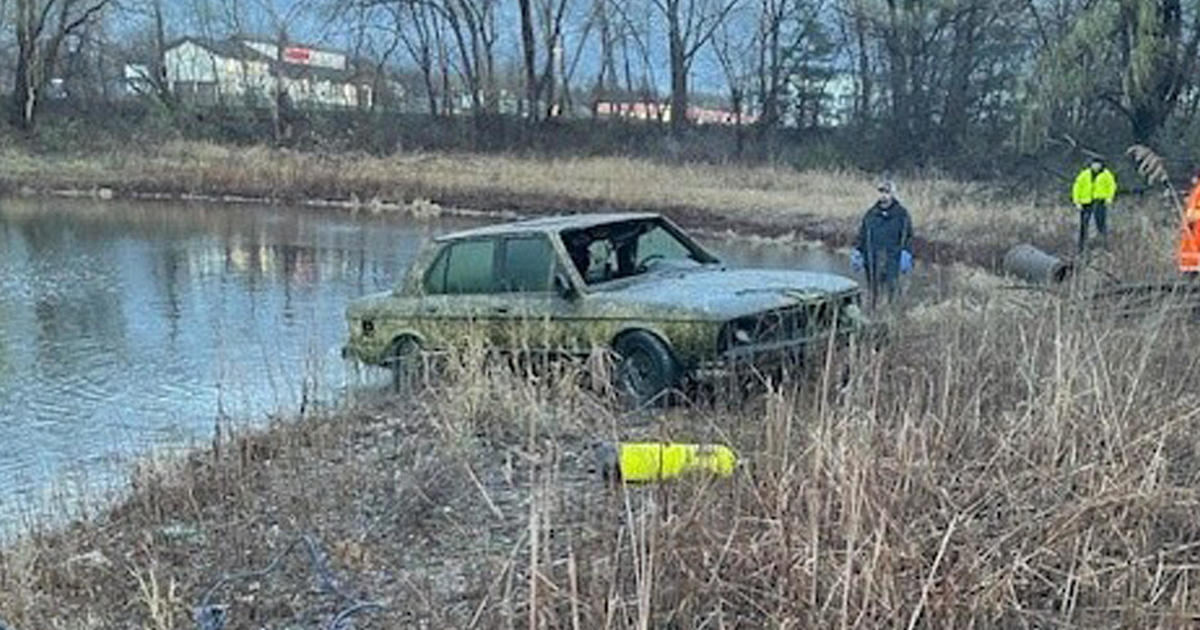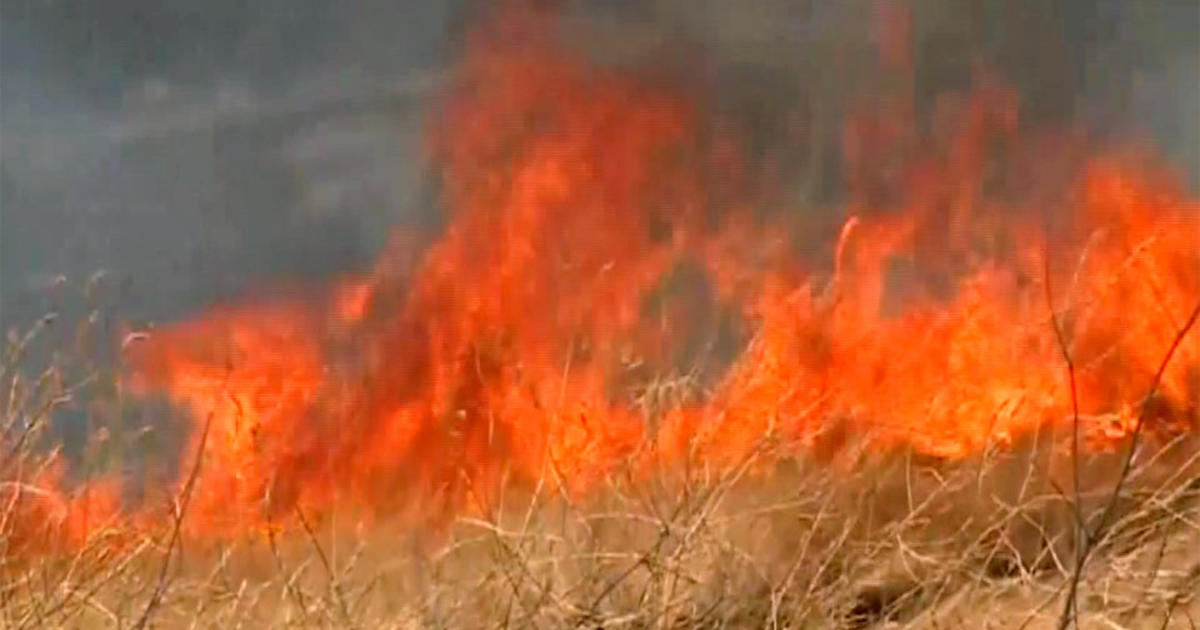2 Troublesome Weeds 'On The Horizon' In North Dakota
BISMARCK, N.D. (AP) — North Dakota officials are keeping an eye on two potentially troublesome weeds as they take public comments on whether to amend the list of the state's most problematic plants.
Palmer amaranth — a weed tall and strong enough to stop combines and resist many herbicides — was confirmed in South Dakota for the first time last year, and officials fear its spread north.
To the east, Japanese knotweed is an issue in Minnesota, where state law requires any person or business selling it to inform the buyer that it's not advisable to plant it within 100 feet of a body of water. The weed has some horticultural varieties that are popular with gardeners.
"We have (these) weeds on our horizon," said Chelsey Penuel, noxious weeds specialist with North Dakota's Agriculture Department.
North Dakota's official noxious weeds list names those that are required by law to be controlled. There are 11 currently listed. State law requires a public review of the list every five years. The last review was in January 2010, and the state Agriculture Department is holding an hour-long public hearing in the department's conference room on the sixth floor of the state Capitol on Thursday at 11 a.m.
"This is an opportunity for North Dakota farmers, ranchers, applicators, landowners and others to provide comments about the current list of noxious weeds in the state," Agriculture Commissioner Doug Goehring said. "With input from the citizens of North Dakota, we can better identify noxious weeds of concern."
Penuel said the state likely will create a "watch list" for weeds such as Palmer amaranth rather than making changes to the noxious weeds list. North Dakota State University already has formed a group to raise awareness about the weed, according to professor Rod Lym.
"We can just kind of do education and make people aware of what's going on," Penuel said.
Lym said the ornamental varieties of Japanese knotweed have already been found in Grand Forks, near the Minnesota border, and "I think there is a very good chance that the ornamental variety has been planted by homeowners elsewhere in North Dakota."
Common variety names are Mexican bamboo and speckled bamboo, he said.
The state did make changes to the noxious weeds list after the 2010 review, removing field bindweed and yellow starthistle and adding yellow toadflax. It appears the move might be cutting into the prevalence of yellow toadflax in the state. Agriculture Department data show that estimated infested acres have dropped from nearly 15,000 in 2010 to about 9,300 in 2013.
Complete survey data from 2014 is not yet available, but Penuel said the 2013 survey results are "very promising."
Other weeds on the noxious weeds list are leafy spurge, Canada thistle, absinth wormwood, Dalmatian toadflax, diffuse knapweed, musk thistle, purple loosestrife, Russian knapweed, spotted knapweed and saltcedar.
(© Copyright 2015 The Associated Press. All Rights Reserved. This material may not be published, broadcast, rewritten or redistributed.)



